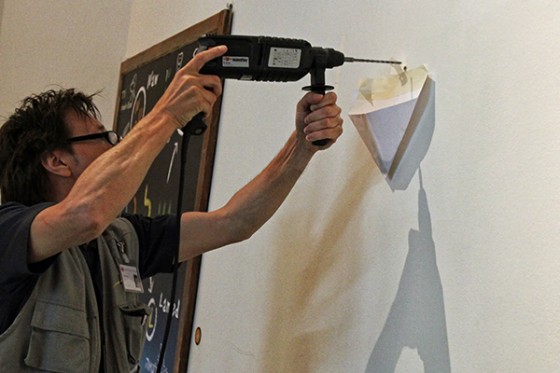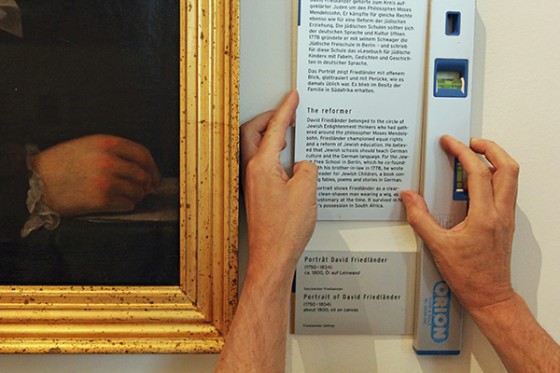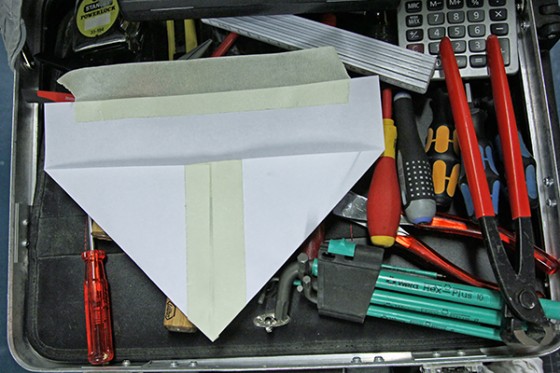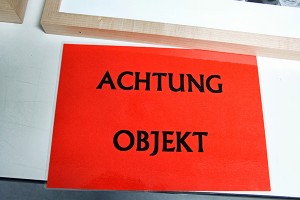
A label in our restoration studio to prevent anyone from inadvertently touching or removing an object.
© Jewish Museum Berlin, photo: Gelia Eisert
My story actually begins with a visit to the museum. It draws the curtain slightly on the making of an exhibit that’s usually veiled from the eyes of visitors. But first I have to tell another story, in order for both – one current and one from the past – to have meaning.
A little trail runs through our permanent exhibition pointing to David Friedländer (1750-1834). Friedländer was not only a prosperous silk manufacturer but also a linguistically gifted and enlightened man of many talents. He worked effectively on behalf of Reform Judaism, founded the Free Jewish School for poor children together with his brother-in-law in 1778, and was elected the first Jewish city councilman in Berlin in 1809. You can find references to him in various topical areas of our permanent exhibition: in the circle of Enlightenment thinkers around the philosopher Moses Mendelssohn, as well as in the “classroom”, dedicated to the history of Jewish education and upbringing. There you can see a notebook on an old wooden school desk: inside the notebook are the revolutionary demands of the Jewish Enlightenment for a modern Jewish education. The natural sciences and mechanical arts should be taught, the children should pay no tuition, and the language of instruction should be German, to encourage integration.
In any case – and here is where the curtain comes up a little on the inside workings of the exhibition – one of our visitors stumbled on the trail that we have laid out and was hugely excited. Her family owns a beautiful oil portrait of David Friedländer that was painted in his lifetime. She herself is a descendant of Friedländer. After some back and forth, always necessary for clarifying the situation and always involving many people backstage in a museum, the painting found its way to us. And early one morning, long before we opened our doors again to guests from all over the world, and using every trick in the book, we hung the painting on the wall of our classroom, just next to the chalkboard, at the viewer’s “eye level”.
Gelia Eisert, Permanent Exhibition
We have recorded the proceedings for you here with photographs:
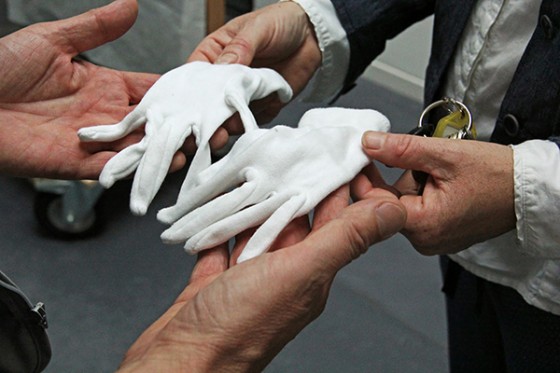
White gloves are always worn to touch objects from the collection, to protect them from any traces of the sweat and oil present in our skin
© Jewish Museum Berlin, photo: Gelia Eisert
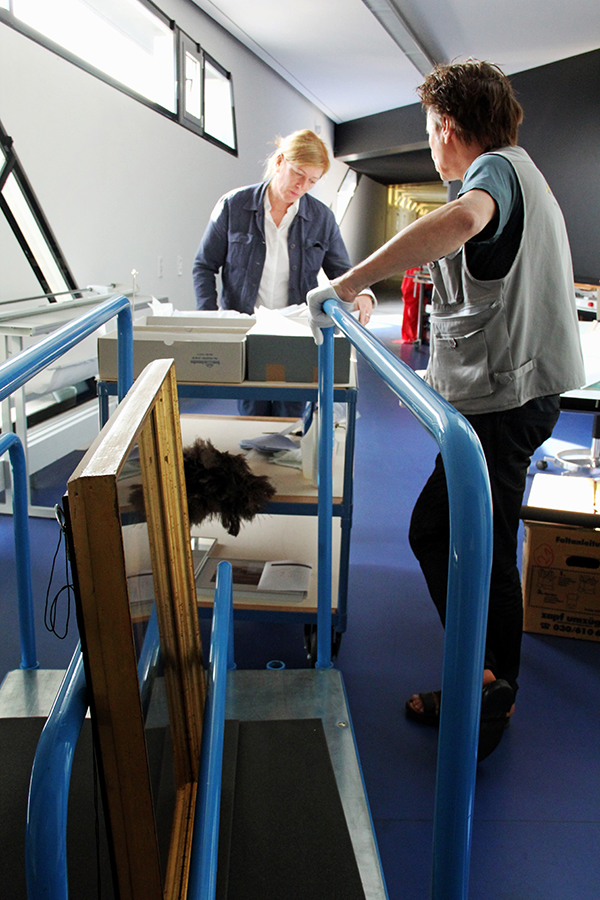
Heino Goeb, from an outside exhibition company, is an expert on the installation of paintings. Together with our conservator Barbara Decker, he is bringing the painting into the permanent exhibition area
© Jewish Museum Berlin, photo: Gelia Eisert
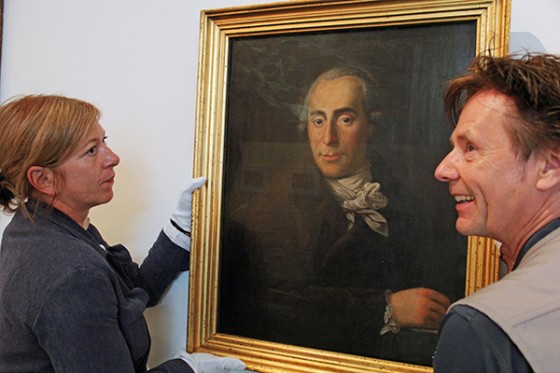
Heino Goeb and Barbara Decker hold the painting at the right height – at “eye level” – against the wall. The curator, not pictured, evaluates the whole picture and gives corrective suggestions
© Jewish Museum Berlin, photo: Gelia Eisert

Our “classroom” where David Friedländer’s portrait will hang next to the blackboard
© Jewish Museum Berlin, photo: Gelia Eisert
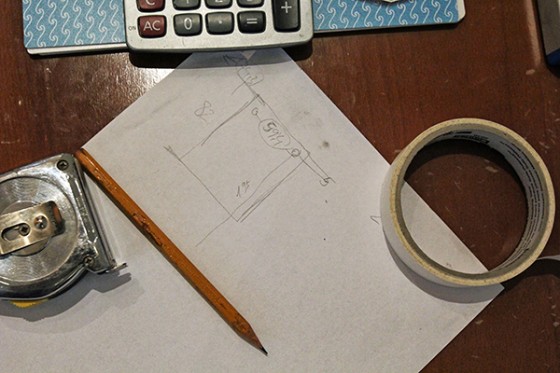
Heino Goeb calculates where to drill a hole – appropriately enough, while sitting at the school desk. The drilling is worked out correctly, a pocket calculator having helped to check the relatively simple arithmetic involved
© Jewish Museum Berlin, photo: Gelia Eisert
